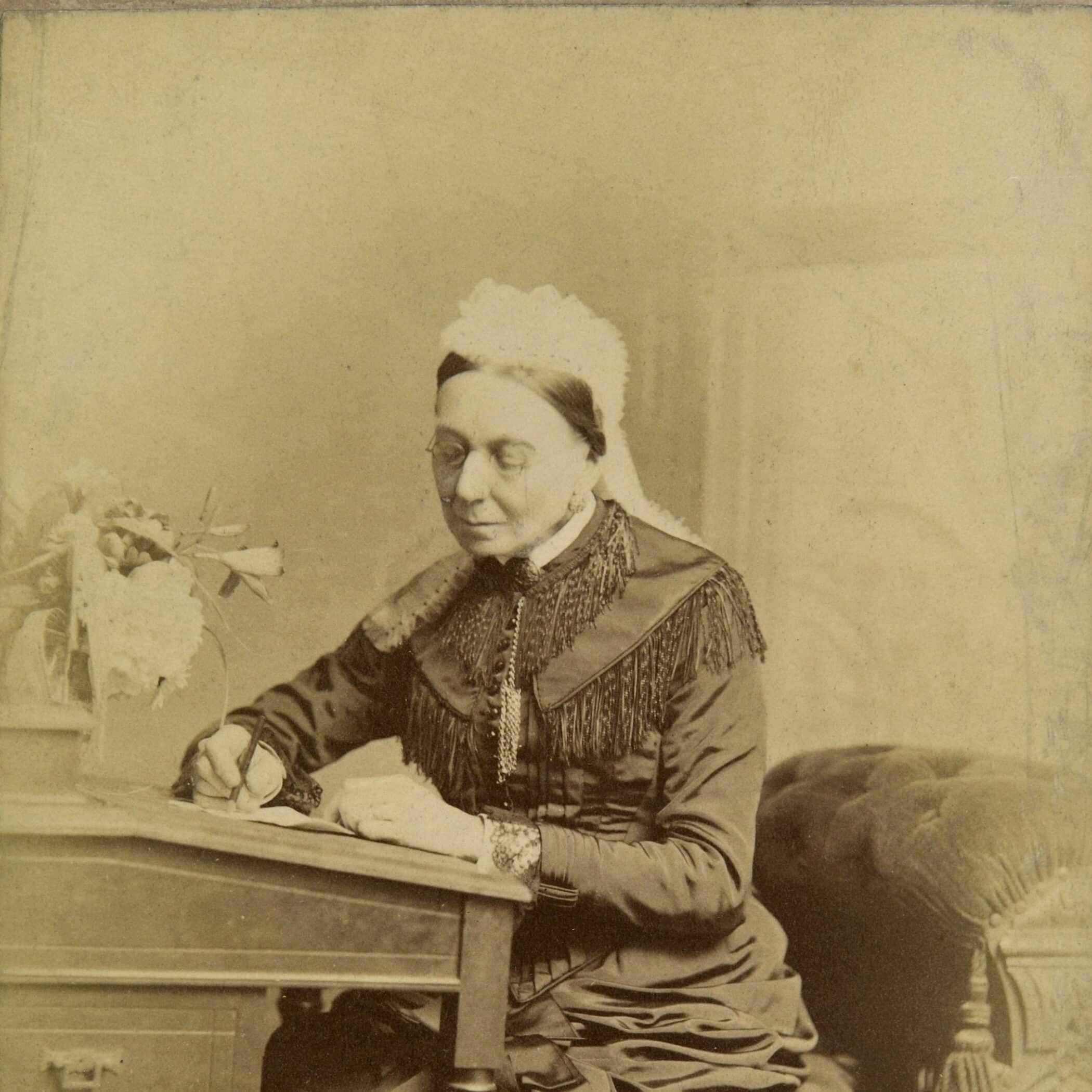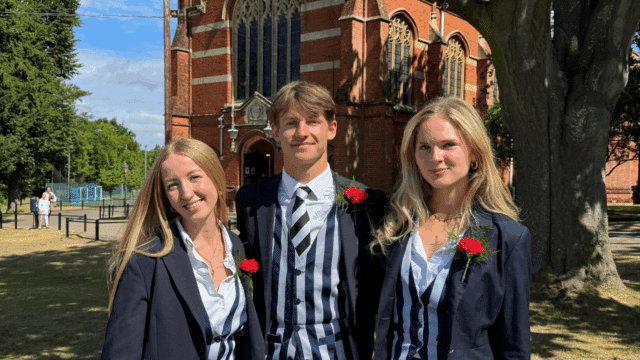Sarah Elizabeth Bisshopp was born in West Sussex in 1813. When she was 27, she married Dr Woodland Wyatt Wardroper, a GP, and they lived in Arundel. They had four children during their marriage which lasted nine years until Dr Wardroper died in 1849. The mortality rate for doctors was particularly high; they often died of the very illnesses they were trying to treat. As with so many doctors’ widows at the time, this left Mrs Wardroper in a difficult position, particularly financially.
She was appointed Matron in 1853
Despite her lack of direct nursing experience beyond her family, Mrs Wardroper had a good general education and excellent organisational skills. This led her to become a sister at St Thomas’s Hospital in 1853 and she was appointed Matron in 1854 aged 42. Her children were being cared for by relatives in Sussex at the time. Therefore, it was fortuitous timing that Epsom College opened its doors in 1855 to the sons of medical men who had fallen on hard times or were deceased.
Mrs Wardroper had applied for places for her two younger boys, Frank and Henry, and they both joined in the very first cohort. Henry was particularly artistic and left with a prize for Drawing. At the time all the pupils were given full bursaries that covered every expense, including uniform, and this would have relieved Sarah’s finances no end. Once all her children were occupied in full time education, Sarah focused on a career that would see her dominate nursing until ill health forced her retirement at the age of 74.
Wardroper thrived in her new role as Matron, and as the senior nurse in the hospital she went about reforming nursing with practical pace. She oversaw patient care, supervised all the nurses, domestic workers and managed the nursing budget and she completely transformed each area. Mrs Wardroper instilled good hygiene practices that we still employ today, such as regular and thorough hand washing. Under her care, nursing at St Thomas’s became regulated and professional.
The first Superintendent of the Nightingale School of Nursing
When Florence Nightingale was looking for a suitable hospital location to establish the first training school for nurses in the UK, it was Mrs Wardroper’s reputation that ensured St Thomas’s as the best possible place. Furthermore, Miss Nightingale so admired Mrs Wardroper that she appointed her as the first Superintendent of the Nightingale School of Nursing, describing her as a “hospital genius”. They became lifelong friends and collaborators.
As the Superintendent, Mrs Wardroper was able to elevate the standards within the profession even more so. She became known for deploying nurses efficiently, all appropriately trained, to hospitals in the UK and abroad. Furthermore, she became a specialist in integrating nursing into hospitals and she advised medical institutions throughout the UK. Her communicative nature saw her perform hugely successful professional tours of St Thomas’s Hospital for medical authorities, showcasing the highest of standards in everything from patient care to budget control and demonstrating how her systems operated.
It was expected that the bulk of (Epsom’s) pupils would enter the medical profession
From the establishment of Epsom College in 1855 and certainly through until the 1940s, it was expected that the bulk of pupils would enter the medical profession to keep numbers bolstered. In the early 1900s, the College was a government designated “science school” that offered a curriculum that included medical teaching in the Sixth Form, in advance of university. Many of each year’s medical cohort would have come under Wardroper’s formidable scrutiny professionally and personally as she was also charged with protecting moral standards within the hospital community.
Wardroper was forced to retire with ill health from St Thomas’s and the School of Nursing aged 74 after a hugely successful and lengthy career, having shown the utmost commitment to her profession. She died in 1892, aged 79, in East Grinstead, Sussex. The main street of the town was closed for her funeral and Florence Nightingale sent a cross and a wreath for her grave.
The governors of St Thomas’s Hospital commissioned a memorial panel that can still be seen in the hospital Chapel. Covering an entire full-length panel, it depicts the biblical story of the Good Samaritan. It was created in pale terracotta relief and surrounded in pink marble. The accompanying text includes two verses of Matthew’s Gospel and the following:
“A faithful servant of God and Man, the working leader in a great reform, quietly and peaceably pursued by which the care of the sick took its right place as a high and Holy calling that enlists the noblest qualities of heart and mind and turns to efficient use the intelligence, refinement and devotion of good women.
For 33 years Mrs Wardroper rendered faithful service as Matron of this Hospital. Selected by Florence Nightingale as the first Superintendent of the School of Nurses established by her in this hospital, she was successful during the last 27 years in training and sending out into our own and other lands capable women worthy to carry on the good work.
This memorial has been erected by the Governors of this Hospital and others who knew and appreciated her great qualities.”





